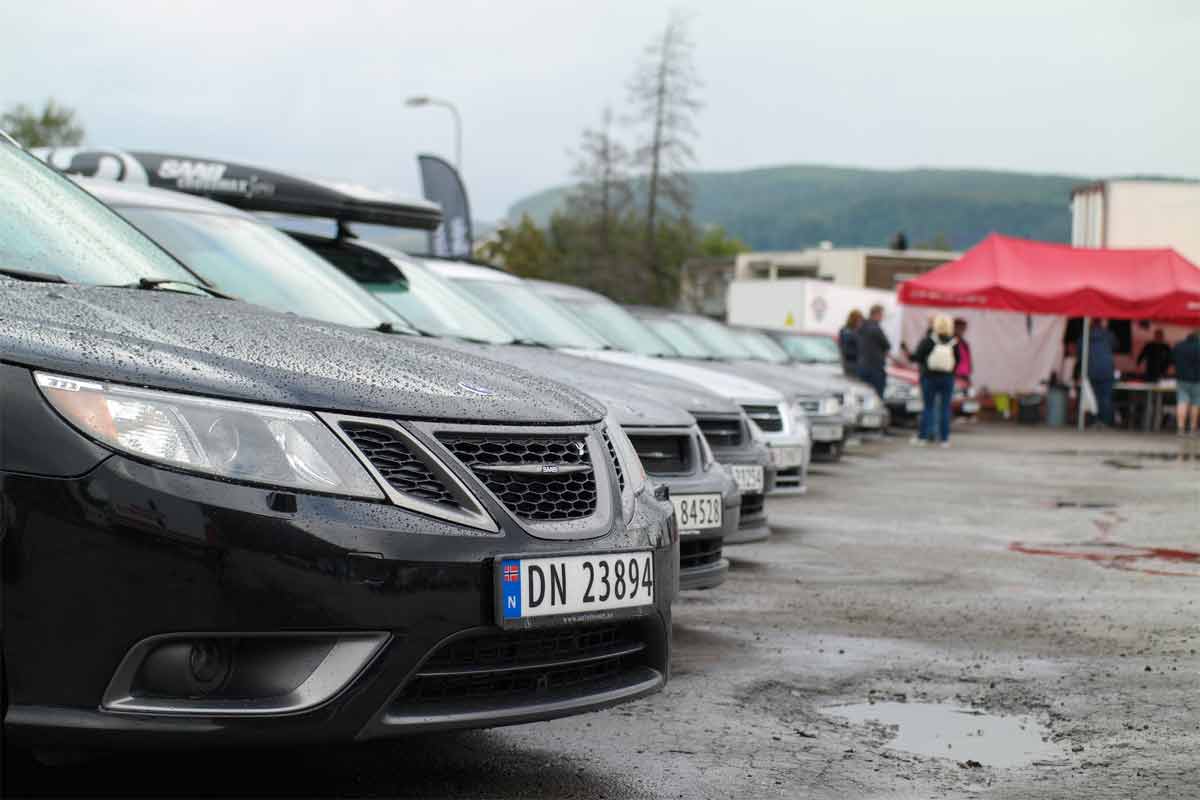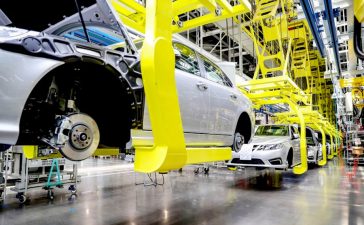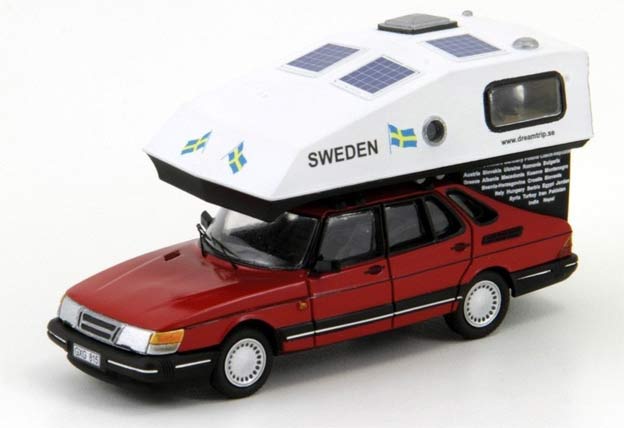Table of Contents
- 1 Saab’s Decline: A Regional Snapshot from Sweden to Norway
- 2 From 40,000 to Fewer than 10,000: Norway’s Saab Collapse
- 3 Why Norway’s Saab Fleet Is Fading Faster Than Sweden’s
- 4 Enthusiasts Refuse to Give Up—But Time Is Against Them
- 5 Save Saab: From 2010 Protests to 2024 Desperation
- 6 What the Numbers Mean for Saab’s Long-Term Future in Norway
- 7 A Final Glimmer of Hope
Saab’s Decline: A Regional Snapshot from Sweden to Norway
For Saab enthusiasts and seasoned observers of the brand’s twilight years, the steady retreat of Saab cars from Scandinavian roads has long been a source of concern. In Sweden, the homeland of the marque, Saab registrations have plummeted from 230,756 in 2016 to just 112,103 by the end of 2023, as per the Swedish Transport Agency. That’s more than a 50% drop in just seven years, a stark indicator of how time, scrapping, and limited parts availability are taking their toll, as reported by the local financial newspaper Finansavisen.
But what’s even more sobering is the situation in neighboring Norway – a country that once embraced Saab with the same level of loyalty and admiration. The most recent data paints a bleak picture: at the end of 2023, the number of Saab vehicles registered in Norway dipped below 10,000 for the first time in decades, down from over 11,100 the year before.

Sweden still holds onto over 100,000 Saabs. In Norway, the exodus is much closer to its conclusion.
From 40,000 to Fewer than 10,000: Norway’s Saab Collapse
Norway entered the 2010s with a fleet of approximately 40,000 Saab vehicles. The brand had a loyal following across the country, particularly among drivers in the west and north, where Saab’s unique blend of safety, winter-driving competence, and understated design was highly valued.
But the numbers today are sobering. Three out of four Saabs registered in 2010 are now gone. A fleet that once dominated family driveways, ski resort parking lots, and Oslo’s commuter routes has dwindled dramatically. In 2023 alone, more than 1,300 Saabs were deregistered, scrapped, or otherwise taken off the road. That’s more than five cars disappearing from circulation every weekday.
Norway’s once vibrant Saab scene is now an endangered species.
Why Norway’s Saab Fleet Is Fading Faster Than Sweden’s
Several factors contribute to the faster attrition rate in Norway compared to Sweden. First and foremost is rust. The coastal climate and heavy use of salt during winter months create a brutal environment for any aging car. Even Saabs, known for their galvanization and structural integrity, can’t resist corrosion indefinitely.
Secondly, Norwegian vehicle taxation and scrappage incentives favor newer, more eco-friendly models. Owners of older vehicles face steep annual taxes and high toll charges, particularly around urban centers like Oslo and Bergen. This policy environment accelerates the decision to scrap rather than repair.
And finally, Saab owners are increasingly facing the issue of parts availability. With no official dealer network and shrinking support infrastructure, repairing a Saab in rural Norway can feel like restoring an old aircraft. Enthusiasts with deep technical knowledge still fight the good fight—but they’re aging too.
Enthusiasts Refuse to Give Up—But Time Is Against Them
Norway still has a fiercely loyal Saab community. Local clubs remain active, meet-ups still occur, and forums such as Saab turbo club of Norway and Facebook groups share tips, parts, and moral support. Yet even among the die-hards, there’s a growing sense of inevitability.
The pool of well-maintained Saabs is shrinking. The used market is increasingly filled with tired examples—high-mileage 9-3s and 9-5s that have been through too many winters. At the time of writing, just under 100 Saabs are listed for sale on Finn.no, ranging from underwhelming daily drivers at 5,900 NOK to pristine convertibles pushing 300,000 NOK.
The emotional connection is still there. But the mechanical reality is harder to ignore.
Save Saab: From 2010 Protests to 2024 Desperation
When General Motors announced it would wind down Saab in 2010, it triggered protests around the world. In Trollhättan, in Oslo, in Copenhagen—Saab enthusiasts took to the streets with placards that read “Save Saab“. Those moments now feel like a different era, but the message might be more relevant than ever.
Back then, it was a fight to keep production alive. Today, it’s a fight to keep the existing fleet on the road. The Saab 9-3s and 9-5s still running in Norway are mechanical artifacts of a brand that stood for independent engineering and aerodynamic clarity. They’re part of the country’s automotive history—but they’re fading.
It’s time for the next generation of Saab lovers to pick up the torch. If they don’t, the brand’s presence in Norway could be reduced to a few club garages and summer festival appearances within a decade.
What the Numbers Mean for Saab’s Long-Term Future in Norway
The dip below 10,000 registered Saabs is more than a statistical milestone. It’s a cultural one. A line has been crossed. For years, enthusiasts have consoled themselves with the notion that while Saab may be gone, their cars are still everywhere.
That’s no longer the case. Saab has gone from being a niche-but-familiar sight to a rare anomaly. The chances of seeing a Saab on a typical day in Oslo traffic have dropped to near zero. In rural areas, spotting a Saab is now cause for comment.
Whether the downward trend can be slowed depends entirely on private efforts—clubs, restorers, and individual owners. But one thing is clear: the government won’t save Saab. The market won’t save Saab. Only Saab people can!
A Final Glimmer of Hope
Despite everything, the story is not over. Saab’s slow fade in Norway has sparked new awareness. Younger mechanics are starting to appreciate the brand’s quirkiness. A few specialty garages still offer parts and expertise. And in the broader context of classic car appreciation, Saab’s unique story may yet prove irresistible to a new generation of collectors.
As long as a handful of 9-3 Aeros, Viggens, and classic 900s remain in working condition, the spirit of Saab lives on. But for it to survive in any meaningful way in Norway, that spirit must be fueled—by time, by money, and above all, by people who care.
Because one thing’s for sure: Saab won’t be saved by chance. It will only be saved by choice.












Think this is more to do with technology than SAAB.
Bit like when the horse disappeared from farms after WWII.
It is a tragedy!
As a kid in the 2000’s I Used to see multiple SAABs every day on the local roads of Sandefjord, Norway. Now I’m 23 years old and more or less aware that I myself may drive one of a handful of SAAB cars on the very same roads. I have seen an increase in SAABs at the local scrapyards in Vestfold County, many of them are just junked because of a broken engine or even just a need to replace brake lines.
However I am glad that I’m doing my small part of slowing down the trend, as by December 10th, 2024 I rescued a 2006 SAAB 9-5 Vector our of my local junkyard. I have yet to get it roadworthy, but i could not let it be scrapped for parts and left as a carcass. The car even drove itself out of the junkyard when i bought i from them! But it is true, the rust is definetly one of the main causes of these cars getting junked.
If anyone is interested in seing the progress for my project 9-5, you can see it on YT, under the name “SAABNATIC”. SAVE SAAB!!